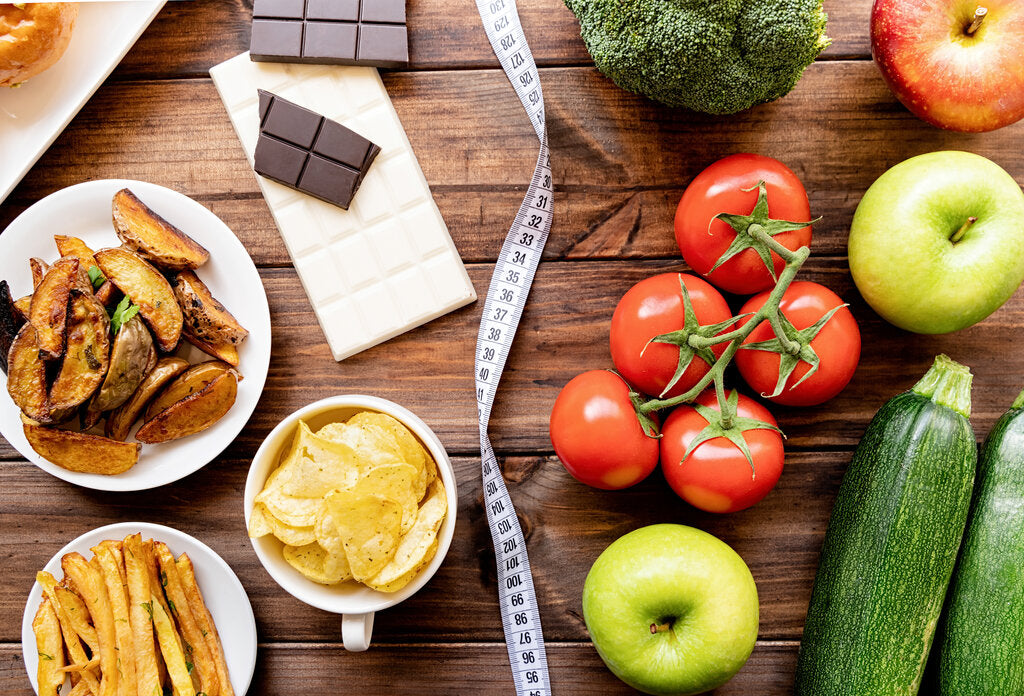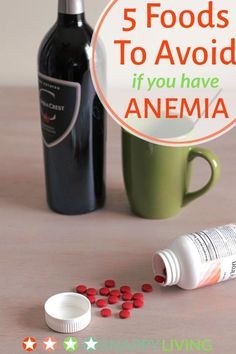
The Whole30 is a diet that resets your metabolism and cleanses your digestive tract. You won't have the option to eat fast food or junk food. Additionally, you will have to stay away from soy and dairy. But you can still eat plenty of vegetables and fruits, which can be an ideal alternative to fast-food. This list includes healthy snack and meal recipes. These delicious, nutritious treats can be made without losing the taste of your favorite foods.
The Whole30 diet allows people to eat all kinds of fruits and veggies. While you don't have the right to eliminate every food, there are certain foods that you must avoid. You can find the list of forbidden and allowed foods on the website of the Whole30. You can also download the free chart, which you can print, save to your phone, or stick in your wallet.
However, you can't eat pre-packaged foods. But, you can get them at a store that stocks them. Although they technically conform to the Whole30 diet guidelines, they are not part of the Whole30 foods list. Instead, the Whole30 diet encourages you to eat more natural and unprocessed food, such as fruits and nuts. While you're eating more vegetables than ever, you won't be able to have as much processed meat, so make sure you check the labels carefully.

The whole 30 plan encourages more vegetables than you normally would. Because vegetables are richer in nutrients, fiber, and other nutrients, they are more nutritious. The Whole30 diet doesn't let you eat cowboy ribeyes for 30 days, and vegetables are a great source of fiber and minerals. Fruits contain a lot of natural sugar, so it's important to not make fruit a regular part of your daily diet. A lot of people don't even realize that they're eating too much sugar.
A whole30 diet will allow for you to eat vegetables but not potatoes. While you can eat any fruit or vegetables you like, it's important not to consume too many processed cheeses and red meat. This is a common cause of bloating. These items will need to be bought from a grocery that carries them.
Fish and eggs are two other Whole30-friendly foods. They can be used in stir-fries and salads. But, it's important not to consume too much. It is possible to eat them in moderation provided that you choose the right food. While you may not be allowed to eat chocolate, you can still enjoy almond butter and carrots. You can also use almond butter or vegetable juice in moderation.
The Whole30 diet may not work for everyone. However, it can help you detoxify and lose weight. It's also a great way to start eating better and feel better. There are a few things you need to know before you try it. If you're not sure which foods to include, you should try to eat them as often as possible.

Bananas and plantains can be fried in coconut oil. These are both foods that are permitted on Whole30. Coconut oil can be used to fry bananas and plantains, but it is best to avoid overripe bananas. Avocados are also a staple of the Whole30 diet, and they will help you control your cravings. To reap the full benefits of Whole30, it's best to stick with it for at least a few weeks.
The Whole30 diet can be a great way for you to change your unhealthy eating habits. You can avoid processed foods and sugar. You can make your body feel great by eating real, whole foods that aren't processed. It doesn't require you to count calories, measure portions, or weigh yourself. Whole30 can be done without following any traditional lifestyle. It is important to ensure you don't experience any side effects during the Whole30.
FAQ
Is it possible to have a weak immune system due to being cold?
According to some, there are two types: people who love winter or those who hate it. It doesn't matter if you love it or not, it is possible to wonder why it makes you feel so miserable when it gets cold outside.
The reason is simple: Our bodies are made to function well in warm temperatures. Our bodies were designed to thrive in hot weather because this is where the majority of our food sources are.
Today's environment is vastly different from the one our ancestors experienced. We spend much more time indoors, often exposed to extreme temperatures (cold and heat), and we eat foods that are processed rather than fresh.
Our bodies don't have the ability to tolerate extremes. It means that when we do go outdoors, we are often tired, sluggish or even sick.
There are many ways to avoid these side effects. You can combat these effects by making sure you are well-hydrated all day. Hydration is key to keeping your body well hydrated, flushing out toxins and keeping your system healthy.
A healthy diet is another important thing. Healthy food will help your body maintain its optimal temperature. This is particularly helpful for anyone who spends long periods of time inside.
Finally, consider taking a few minutes each morning to meditate. Meditation can relax your mind and make it easier manage stress and illness.
How can I live a life that is full of joy every day?
The first step towards living your best life everyday is to find out what makes you happy. Once you have a clear understanding of what makes you happy you can go backwards. Asking other people how they live their best lives every day is also a good idea.
You can also find books such as "How to Live Your Best Life" written by Dr. Wayne Dyer. He speaks about happiness and fulfillment in all areas of life.
Improve immunity with herbs and supplements?
You can boost your immune function with herbs and natural remedies. Ginger, garlic, ginger, echinacea and ginkgo biloba are some of the most common.
These herbs should not be considered as a substitute for conventional medical treatment. They may cause side effects such as nausea, diarrhea, stomach cramps, headaches, dizziness, and allergic reactions.
How much should you weigh for your height and age BMI calculator and chart
The best way to determine how much weight you need to lose is to use a body mass index (BMI) calculator. The healthy BMI range for a healthy person is 18.5 to 24.9. Aim to lose 10 pounds per month if your goal is to lose weight. To calculate your BMI, simply enter your height and weight into the BMI calculator.
This BMI chart can help you find out if or not you are obese.
What is the problem of BMI?
BMI is the acronym for Body Mass Index. It measures body fat based upon height and weight. The following formula is used to calculate BMI:
Divide the weight in kilograms by the height in meters squared.
The result is expressed in a number between 0 - 25. A score greater than 18.5 is considered overweight. A score greater than 23 is considered obese.
A person who weighs 100 kg and has a height of 1.75 m will have a BMI of 22.
How does an antibiotic work?
Antibiotics kill harmful bacteria. Antibiotics can be used to treat bacterial infection. There are many different types of antibiotics. Some can be taken orally, others are injected and some are applied topically.
Antibiotics are often prescribed to people who have been exposed to certain germs. To prevent shingles, an oral antibiotic may be prescribed to someone who has had chicken pox. A penicillin injection might be given to prevent pneumonia in someone who has had strep.
Children should not be given antibiotics without the consent of a doctor. Children are more susceptible to side effects from antibiotics than adults.
Diarrhea is one of the most common side effects of antibiotics. Other side effects possible include dizziness, nausea, vomiting, stomach cramps, dizziness and allergic reactions. These side effects usually disappear once treatment has ended.
What are 5 ways to live a healthy lifestyle?
Living a healthy lifestyle includes eating right, exercising regularly, getting enough sleep, managing stress, and having fun! Healthy eating means avoiding sugary and processed foods. Exercise helps burn calories and strengthens muscles. You can improve your memory and concentration by getting enough sleep. Stress management helps reduce anxiety and depression. And finally, having fun keeps us young and vibrant.
Statistics
- In both adults and children, the intake of free sugars should be reduced to less than 10% of total energy intake. (who.int)
- According to the Physical Activity Guidelines for Americans, we should strive for at least 150 minutes of moderate intensity activity each week (54Trusted Source Smoking, harmful use of drugs, and alcohol abuse can all seriously negatively affect your health. (healthline.com)
- nutrients.[17]X Research sourceWhole grains to try include: 100% whole wheat pasta and bread, brown rice, whole grain oats, farro, millet, quinoa, and barley. (wikihow.com)
- Extra virgin olive oil may benefit heart health, as people who consume it have a lower risk for dying from heart attacks and strokes according to some evidence (57Trusted Source (healthline.com)
External Links
How To
What does "vitamin" actually mean?
Vitamins can be described as organic compounds found in food. Vitamins are essential for our bodies to absorb nutrients from the foods we eat. Vitamins cannot be produced by the body. They must be acquired from food.
There are two types vitamins: water soluble or fat soluble. Water soluble vitamins dissolve easily in water. Vitamin C,B1(thiamine), B2 (2riboflavin), and B3 (3niacin), as well as vitamin C,B1, B2 (riboflavin), and B3 (niacin), vitamin B6 (pyridoxine), vitamin folic acid (biotin), pantothenic, and choline are examples. Fat-soluble vitamins are stored in the liver, fatty tissue and kidneys. Vitamin D, E, K and A are some examples.
Vitamins are classified based on their biological activity. There are eight major vitamin groups:
-
A - vital for healthy growth.
-
C - vital for proper nerve function, and energy production.
-
D - essential for healthy bones, teeth, and gums.
-
E is necessary for good vision, reproduction.
-
K - Essential for healthy muscles and nerves.
-
P - essential for strong bones, teeth and tendons
-
Q - aids digestion and absorption of iron.
-
R - Required for red blood cell production
The recommended daily allowance (RDA) of vitamins varies depending on age, gender, and physical condition. The U.S. Food and Drug Administration, (FDA), sets the RDA value.
For adults 19 years and over, the RDA of vitamin A is 400mg per day. For fetal development, pregnant women need 600 mg per day. Children ages 1-8 require 900 micrograms per day. Babies under one-year old require 700 mg per day. Between 9 and 12 years of age, however, this drops to 500 mg per day.
Children ages 1-18years who are obese need 800 micrograms per day while those who are overweight need 1000 micrograms per day and children who are underweight need 1200 micrograms per day to meet their nutritional needs.
Children aged 4-8 years old who have been diagnosed as having anemia require 2200 micrograms of vitamin C per day.
2000 micrograms per person is necessary for general health. Women who are pregnant or breastfeeding need 3000 micrograms per day due to increased nutrient requirements.
1500 micrograms is the recommended daily intake for adults aged 70+, who lose approximately 10% of muscle each year.
Women who are pregnant or nursing need more than the RDA. Pregnant women require 4000 micrograms daily during pregnancy, and 2500 micrograms every day after birth. Breastfeeding mothers require 5000 micrograms daily when breast milk production is occurring.